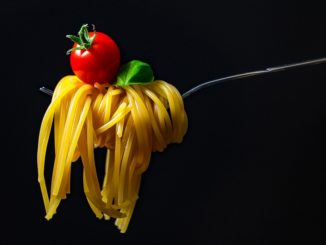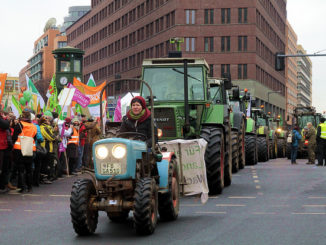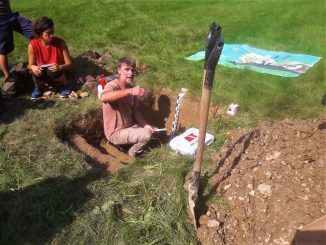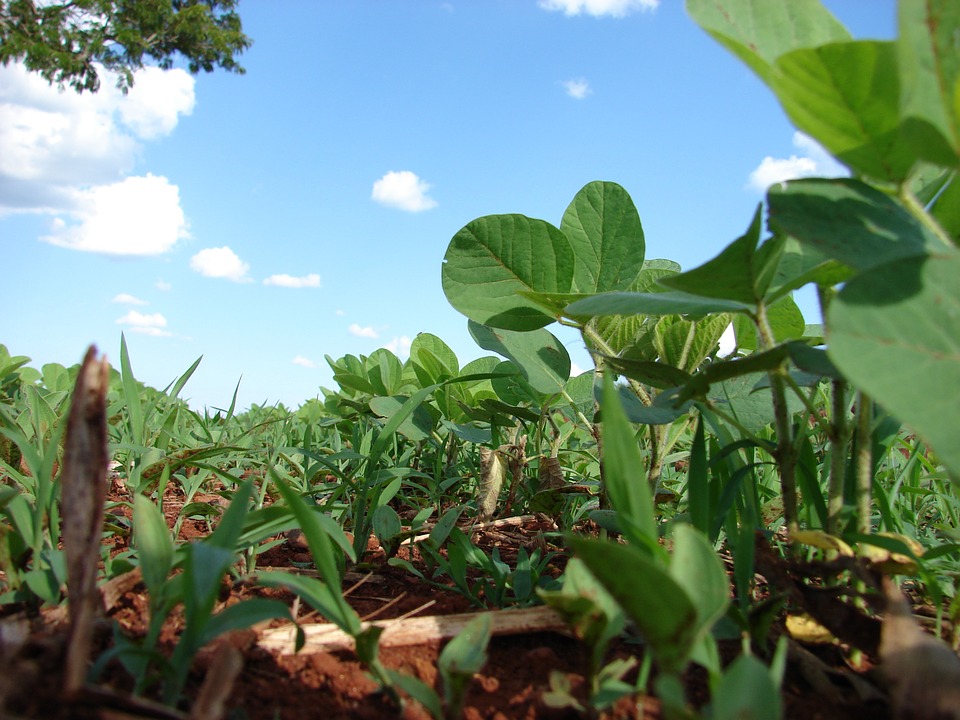
Could Ukraine become Europe’s soya supplier?
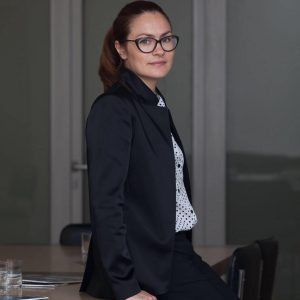
The offices of the Donau Soja Organisation in Kiev are so brand new that the rooms have not yet been fully furnished. Country director Oksana Prosolenko excuses herself for the messy-looking office as she pours a cup of coffee. “We started operations in Ukraine two years ago and only recently moved into this place,” she says. “Up until now we have partnered with six major Ukrainian soybean-producers on the countryside. We also have local farmers’ associations as members, but need to make sure first they check up on all our production requirements.”
Donau Soja Organisation is headquartered in Vienna. It is a multi-stakeholder, international non-profit association dedicated to bringing protein production back to Europe. Since start of operations in 2012 the ngo has rapidly expanded into most countries around the course of the Danube river in the south-eastern part of Europe. Donai Soja Organisation has offices and representatives in Austria, Serbia, Moldova, Romania, Poland, the Netherlands and now also in Ukraine. Their goal is to kickstart a full-blown transition in agriculture and bring back protein supply to the European continent, Prosolenko explains enthusiastically: “Amongst European consumers there is a growing demand for soya that is not genetically modified. Connecting farmers in the east of Europe with that emerging market in the west was the main reason for us to set up this association.”
Mainstream GMOs and Eastern Alternatives
Genetically modified organisms (gmo’s) are still relatively new in the world of agriculture. After US-based chemical company Monsanto introduced a soy-bean that through genetic modification had been made resistant to the herbicide glyphosate (also a Monsanto-product) in 1996, the new biotechnology took the world by storm. Nowadays, the economically important European livestock industry is almost entirely dependent on largescale imports of gmo-soya from North- and South-America for vegetable protein. According the calculations of Dutch Rabobank the European Union imports up to 30 million tons of South-American soya each year – with devastating effects on rain-forests in Brazil.
While gmo’s take over the world-market consumers grow afraid of the genetic tinkering with food-crops. Worldwide worries about escalating glyphosate-usage and monopolisation in the seed-sector have lead increasing numbers of European consumers to distrust the gmo-industry. A unique opportunity for poverty-stricken farmers in fertile Eastern-Europe, according to Prosolenko.
Bringing back protein production onto European soil not only has major environmental advantages, but would also create the much-needed economic opportunities on the impoverished European fringes. “Every inch of jungle not cut down to grown soy-beans is a small victory. Even more importantly, there is no glyphosate involved in the production of our soya. We want to create a sustainable alternative to the gmo-imports on which Europe relies today,” Prosolenko stresses. Most small farmers can’t reach EU-markets and so remain dependent on powerful multinationals or grain traders, she explains: “We are trying to bridge that gap, to educate Ukrainian farmers about sustainability, assist them with certification and producing according to EU-standards. Our farmers directly sign a contract with customers in Western-Europe, who are also obliged to a member of the association, so we make sure all the profits flow right back to the farmer.”
Scale
The new office of Donau Soja Organisation in Bankova Street sit right at the centre of power in Kiev. Since the organization is still in development phase most producers they work with are at this point not at all the small farmers the ngo is aiming for, Prosolenko admits.
One of the main suppliers of soya is Ukrainian Svarog: a big agroholding operating 80.000 hectares of farmland in the country. “The agricultural market in Ukraine is still very young and very wild,” the country-director says. “We decided to start out with bigger companies because their production is already top of the line. To be a factor of interest on the international soya-market we need to be able to sell at a reasonable volume. We needed to establish links with strong market partners before moving on to supporting the smaller farmers deep in the countryside.”
Closing the gap?
Closing the European protein deficit has been a recurring theme for years among policymakers. Earlier in 2018 European Commissioner for Agriculture & Rural Development Phil Hogan announced the launch of a stakeholder survey to develop an EU-wide protein plan. However, seeing the sheer amount of soy Europe imports each year, Eastern-European production will never be able to make Europe fully self-sufficient. Prosolenko: “We cannot fully replace this enormous stream of soya coming from South America with Eastern-European produce. The hunger of the European meat- and dairy industry for cheap feed is just too big for that.”
Global production of non-gmo soybeans is estimated at 56 million metric tons in 2015 – which accounts for 17 percent of total soy output. A number Donau Soja Organisation expects to rise in the coming years. “We can provide for an environmental friendly alternative to the herbicide-intensive production leading to deforestation in South-America. Right here in the East of Europe,” Prosolenko stresses. “Our farmers are only allowed to use land that has had agricultural status before 2008 so we make sure we don’t just tear down forests in Ukraine instead of Brazil. We closely monitor that all crops are non-gmo, labour laws and standards in pesticide use are respected during production. That way Eastern-Europe can provide the continent with sustainable soya that is traceable right back to the farmer.”
Made possible by the Dutch Postcode Loterij Fonds of Free Press Unlimited



